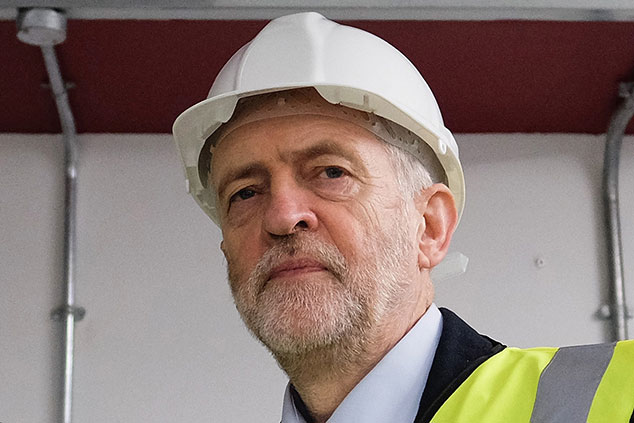
Those longing for a crash or a bonanza will be disappointed, says Max King. Expect house prices to just creep up.
While the absence of a crash in house prices continues to disappoint the Jeremiahs, the much more likely prospect that prices will rise at no more than a snail-like pace in the long term has received little attention. The universal assumption – even for the pessimists who hope to buy into a crash – is that bricks and mortar are a good long-term investment. This explains the anxiety about the young not being able to get on the property ladder.
A generation ago, the angst was about the British obsession with house buying, unlike those level-headed Germans who were happier to rent. Home-buying, it was said, discouraged labour mobility, made boom and bust worse and resulted in savings being poured into an unproductive investment. The worry is now in the opposite direction as the young hope for the same financial bonanza their parents had. That looks extremely unlikely.
The supply and demand picture is balanced…
House prices are the result of the interaction of supply and demand, moderated by affordability. Demand is highly correlated to household formation, itself the consequence of population increases and changes in the size of households. The government forecasts that the number of households in England will grow at an annual rate of 0.8% to 28 million by 2039, averaging 210,000 a year. The data suggests that the decline in the number of people per household has flattened out and immigration is down, so household formation could be significantly below the government’s forecast. However, there is pent-up demand from “concealed” households of at least two adults living within another household and of stay-at-home adults. This will underpin demand for some time.
House building in the UK has been picking up steadily since the financial crisis. Housing starts in the year to June 2016 in England were 165,000, up 140% on a quarterly basis since the 2009 trough, but 16% below the 2007 peak. Completions were 153,330, similarly below the 2007 peak. A current shortage of bricks points to a continued increase, but a constraint on further growth. The inclusion of data from Scotland and Wales adds about 25,000 to the total, pointing to a current rate of about 200,000. The commitment of both government and opposition to ease planning, make land available and provide finance for social housing and for first-time buyers suggests that this rate is unlikely to fall and will probably rise.
… and houses will remain affordable
Given low interest rates, affordability for house-buyers is currently pretty good, despite high prices in many areas. There can be little doubt, however, that the long-term trend of interest rates is now upwards, so affordability will deteriorate. Rates may not be going back to their 15% peaks of the 1970s and 1980s, but a rise to 5% is likely in due course. This will suppress prices, even though steadily rising earnings will help affordability.
Taxation is another negative factor. Housing may be free of capital-gains tax for owner-occupiers, but stamp duty has risen for all but the cheapest properties from just 1% a generation ago to a scale ranging up to 12%. The tax deductibility of mortgage interest has gone and taxation on second homes or buy-to-let has been significantly increased. There is more to come; even if Jeremy Corbyn never makes it to Downing Street, a successor government of any colour is likely significantly to increase council taxes and may introduce a property value tax. Finally, the process of house buying has become immensely bureaucratic, time-consuming and costly.
Data from Nationwide shows that, for many, stagnation of house prices is already a reality, despite the fall in interest rates in the last ten years. In the north, Wales and Scotland, prices, which had tripled in the previous decade, have been flat for ten years. In the Midlands, they are up just 15%, in East Anglia and the southwest, by 20%-25%. In London, they have risen by 60%, but have been flat for the last two years. The UK average of 18% (1.7% per annum) in the last decade is very much driven by London and a few hot spots, mostly in the southeast.
Buying the right property in the right location will always be a good investment, while those buying a house for the long term will, rightly, not be concerned about the prospect for changes in value. They need be in no hurry; the era of rapid house-price inflation is over, so they can afford to wait for the right property, even if that means continuing to pay rent that is higher than the cost of buying. Those buying for capital gain should realise that the stockmarket has been a far better place to invest, with an annualised increase in the MSCI All Countries World index in sterling of 6.9% over ten years and more than 10% over three. This looks unlikely to change.